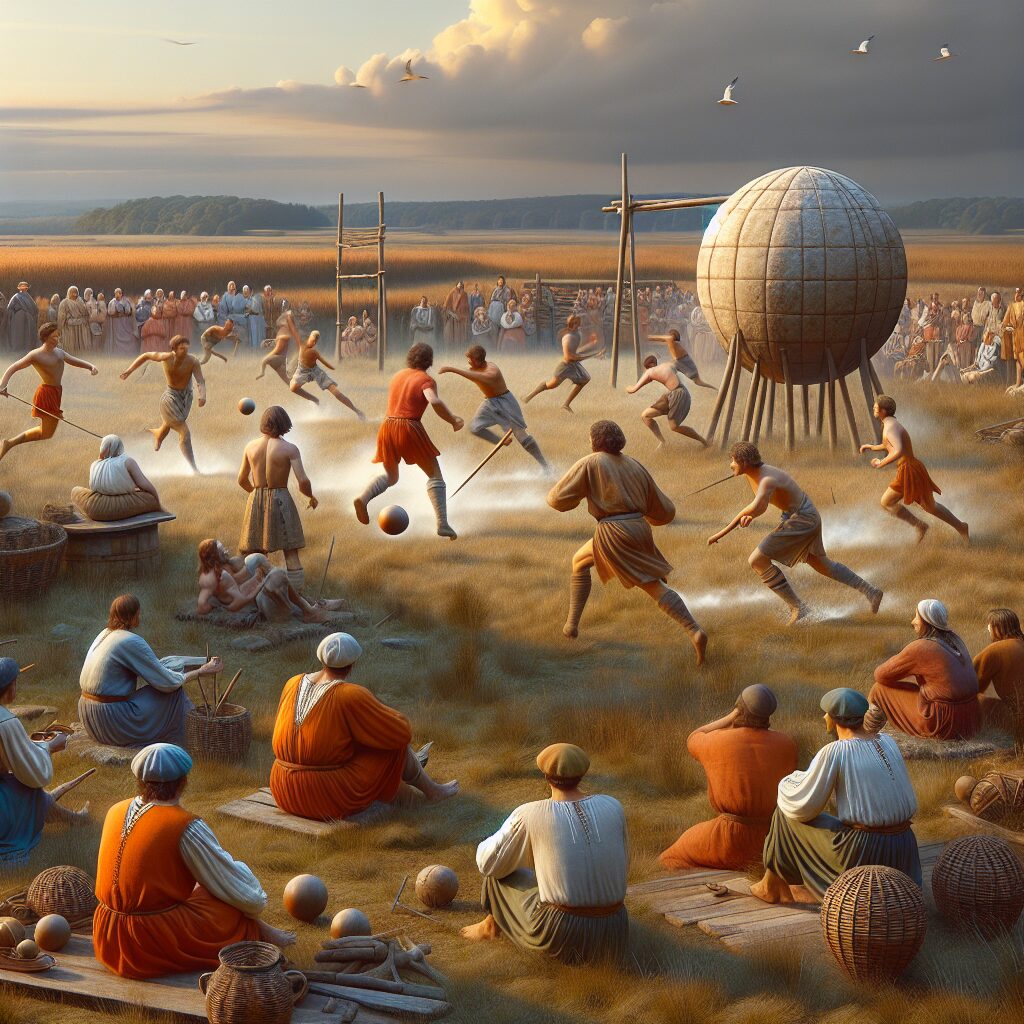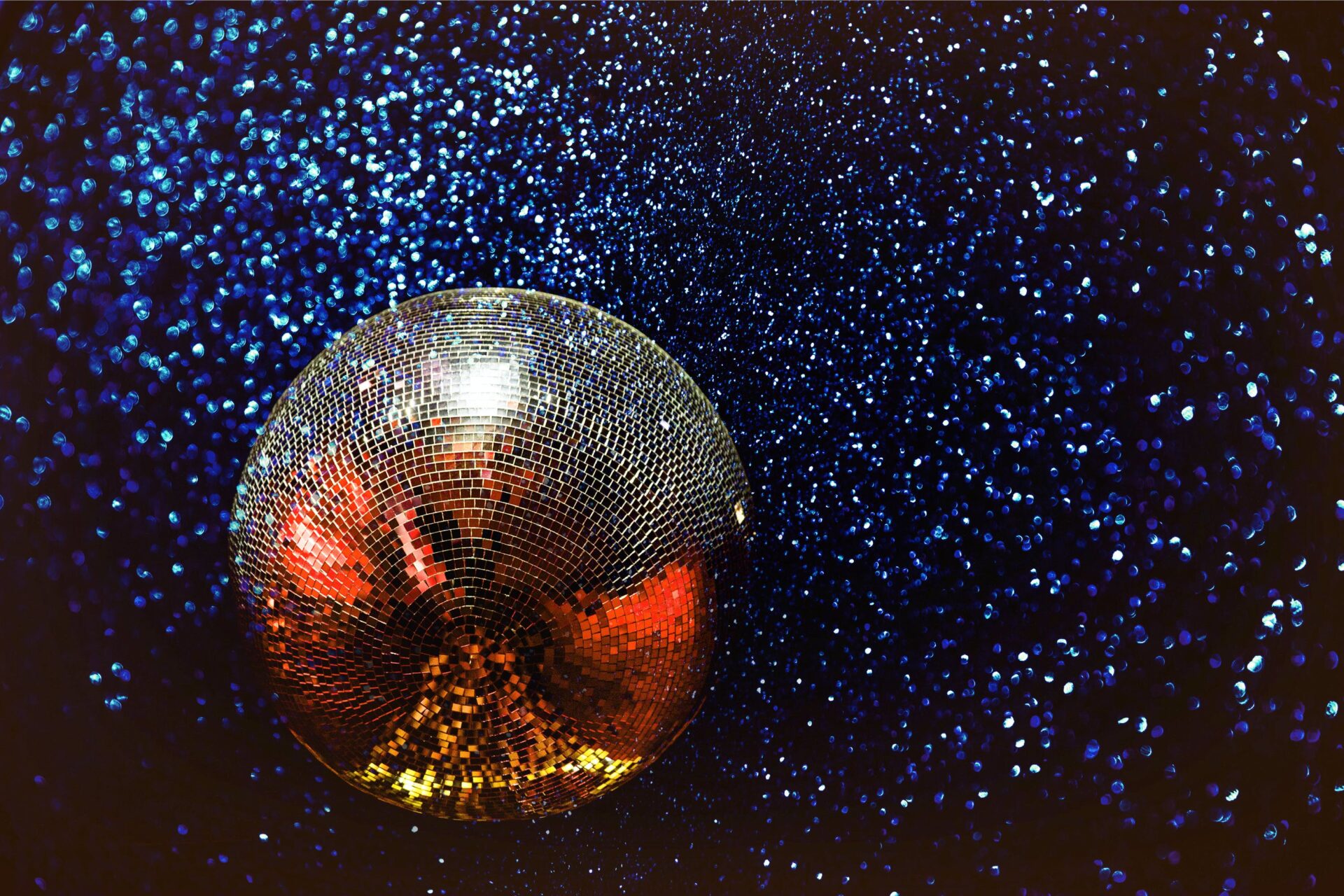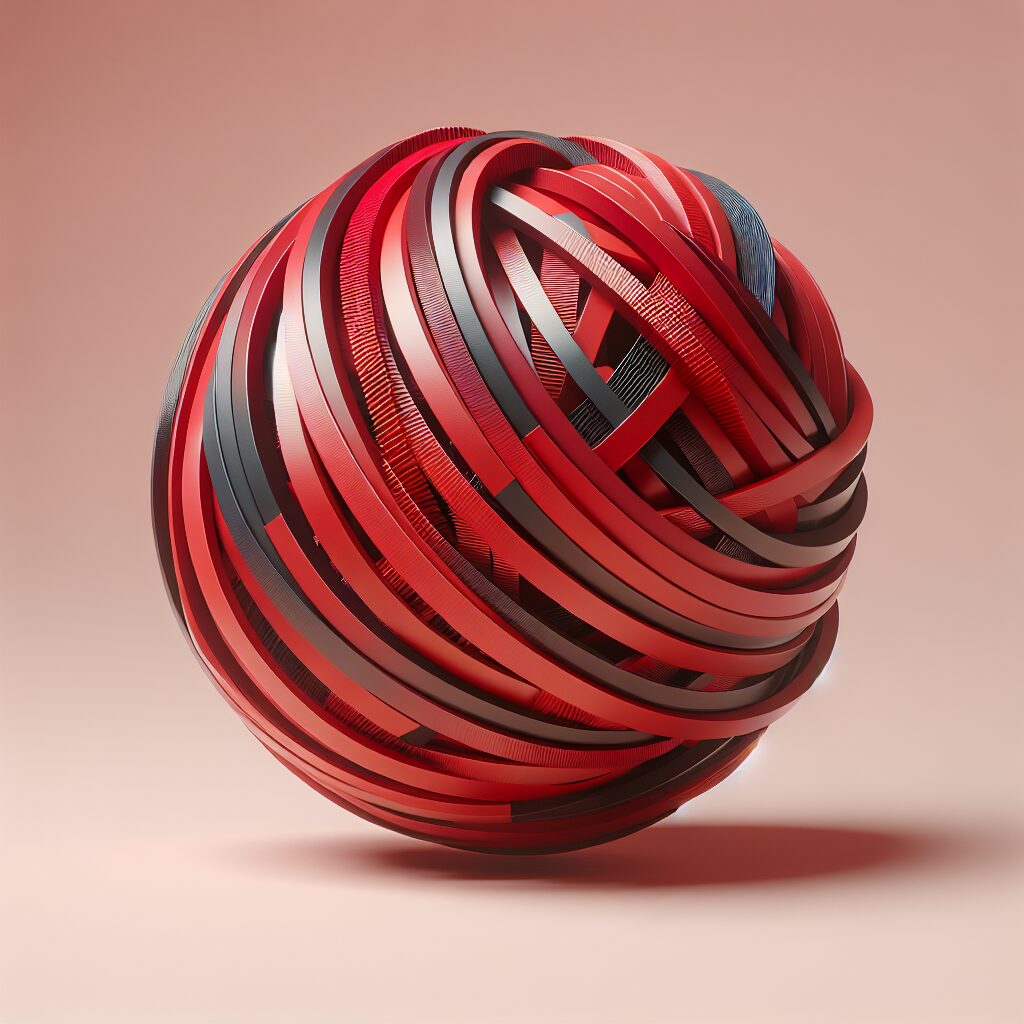Pre-Modern Ball Play: Insights from the Past
Ball games have been played by various cultures throughout history, with each society developing its own unique rules and playing styles. Pre-modern ball play refers to the ancient forms of ball games that were played before the industrial revolution and the subsequent modernization of sports. These games provide valuable insights into the early development of sports and highlight the cultural significance of ball play in different civilizations.
One fascinating aspect of pre-modern ball play is the diversity of games across cultures. From the ancient Mesoamerican civilizations playing the ball game known as ullamaliztli, to the intricate ball games of ancient Greece and Rome, each culture had its own set of rules and objectives. These games often held a deeper symbolic meaning, representing aspects of religious rituals, military training, or social hierarchies. The unique features of these ball games shed light on the cultural practices and values of the societies in which they were played.
In the upcoming sections, we will explore the key takeaways from the world of pre-modern ball play. We will delve into the various forms and rules of ball games across different regions, providing insights into the historical context and cultural significance of these ancient sports. Furthermore, we will examine the impact of pre-modern ball play on the development of modern sports, drawing connections between the past and the present. Stay tuned as we uncover a treasure trove of knowledge about the fascinating world of pre-modern ball play.
Key Takeaways
1. Pre-modern ball play was a varied and significant aspect of human culture, with evidence found in various regions and time periods, highlighting its importance throughout history.
2. Historical sources provide valuable insights into the rules, equipment, and social aspects of pre-modern ball games, shedding light on the cultural significance of these activities.
3. Different pre-modern ball games had distinct characteristics and purposes, varying from simple pastimes to complex rituals and competitive sports, showcasing the diversity of human play.
4. The use of balls in pre-modern societies extended beyond recreational activities, often encompassing religious, ceremonial, or symbolic meanings, emphasizing the deep-rooted societal significance of these games.
5. Studying pre-modern ball games allows for a better understanding of human history, providing valuable cultural, social, and anthropological insights, and highlighting the enduring role of play in human civilizations.
What Were the Insights from the Past on Pre-Modern Ball Play?
History of Pre-Modern Ball Play
The origins of pre-modern ball play date back to ancient civilizations such as the Mayans, Aztecs, and Ancient Egyptians. These cultures had their unique variations of ball games, showcasing the diverse methods of play. As time progressed, ball games begin to evolve, leading to the emergence of different types of pre-modern ball play throughout the world.
Types of Pre-Modern Ball Play
1. Ancient Mesoamerican Ball Games:
Ancient Mesoamerican civilizations, including the Mayans and Aztecs, had a strong affinity for ball play. Their ball games, such as the Mesoamerican Ballgame, involved hitting a rubber ball with various body parts. These games held significant cultural, social, and religious significance within their societies.
2. Ancient Egyptian Ball Games:
In Ancient Egypt, ball games were popular recreational activities. These games involved using hands or sticks to propel a ball through rings or into baskets. The Ancient Egyptians enjoyed playing ball games both for leisure and during religious ceremonies.
3. Ancient Asian Ball Games:
Throughout ancient Asian cultures, various ball games were played. Examples include Cuju in China, Kemari in Japan, and Sepak Takraw in Southeast Asia. These games showcased different gameplay styles such as kicking, passing, and heading a ball, highlighting the diverse approaches to pre-modern ball play.
Equipment and Rules
Pre-modern ball play had its own unique set of equipment and rules depending on the specific game being played. Some games involved using a small rubber ball, while others used larger leather balls filled with feathers or animal hair. Rules varied across cultures but often included prohibitions on certain body parts, scoring methods, and playing field dimensions.
Significance and Impact
Pre-modern ball play served various purposes and held immense cultural significance in ancient societies. These games were not only a form of entertainment and recreation but also had symbolic, spiritual, and social meanings. The outcomes of ball games were believed to influence agricultural harvests, settle disputes, and determine social hierarchy.
Rediscovering Pre-Modern Ball Play
Despite the passage of time, efforts have been made to revive and study pre-modern ball play. Archaeological discoveries, historical records, and cultural research have shed light on the fascinating insights from the past. Modern interpretations of these ancient ball games have emerged, providing a glimpse into the traditions and skills of our ancestors.
Preserving the Heritage
To ensure the preservation of pre-modern ball play, cultural organizations and enthusiasts advocate for its recognition and promotion. Festivals, exhibitions, and educational programs are organized to celebrate and educate about the historical significance of these games. By embracing the past, we can appreciate the valuable lessons and insights that pre-modern ball play offers.
Now, let’s dive into some tips to explore Pre-Modern Ball Play!
- How can I learn more about the Mesoamerican Ballgame and its rules?
- Where can I find resources to understand the techniques used in Ancient Egyptian ball games?
- Are there any modern adaptations of pre-modern ball play that I can participate in?
- Which museums or archaeological sites offer exhibits on pre-modern ball play?
- What can we learn from pre-modern ball play in terms of teamwork and strategy?
- How did the advancements in ball game equipment impact the development of civilization?
- What other sports or games have been influenced by pre-modern ball play?
- Are there any rituals or traditions associated with pre-modern ball play that are still observed today?
- What role did pre-modern ball play play in shaping gender roles within ancient societies?
Frequently Asked Questions
What is Pre-Modern Ball Play?
Pre-Modern Ball Play refers to the various forms of ball games played in ancient times, specifically before the introduction of modern sports such as football or basketball.
How was Pre-Modern Ball Play different from modern sports?
Pre-Modern Ball Play differed from modern sports in several ways. Firstly, these games were often played with different rules and objectives, varying from community to community. Additionally, the equipment used in these games was also different, with simpler ball designs and materials. There was also a lack of standardized playing fields or pitches, making each game unique.
What are some examples of Pre-Modern Ball Play?
Examples of Pre-Modern Ball Play include Mesoamerican ballgames like ullamaliztli, Roman ball games like harpastum, Chinese Cuju, and Persian polo.
Were Pre-Modern Ball Play games competitive?
Yes, Pre-Modern Ball Play games were often competitive, with teams or individuals competing against each other to achieve victory. These games held cultural and social significance, fostering teamwork, and promoting physical fitness.
What was the purpose of Pre-Modern Ball Play?
Pre-Modern Ball Play served various purposes depending on the culture and time period. Some games were played for religious or ceremonial reasons, while others were played for entertainment, exercise, or military training purposes.
Were there any similarities between Pre-Modern Ball Play games?
Yes, despite the variations in rules and equipment, many Pre-Modern Ball Play games shared similarities. These games often involved passing or throwing a ball, aiming to score points or achieve specific objectives.
How did Pre-Modern Ball Play impact society?
Pre-Modern Ball Play had a significant impact on society. These games brought communities together for social bonding, encouraged physical fitness, and provided a form of entertainment. They also provided a platform for cultural and religious practices to be exhibited and celebrated.
Is Pre-Modern Ball Play still played today?
While Pre-Modern Ball Play games may not be widely played today, some traditional communities still preserve and practice these ancient games as a part of their cultural heritage.
Where can I learn more about Pre-Modern Ball Play?
There are various resources available for further learning about Pre-Modern Ball Play, including books, academic journals, and online articles. Additionally, visiting museums or cultural centers focused on ancient civilizations can provide a deeper understanding of these games.
Are there any modern sports influenced by Pre-Modern Ball Play?
Yes, some modern sports have been influenced by Pre-Modern Ball Play games. For example, the modern sport of polo has its roots in the ancient Persian game of the same name.
Final Thoughts
Pre-Modern Ball Play offers us a glimpse into the rich history of human sports and leisure activities. Studying and understanding these ancient games not only allows us to appreciate the skills and athleticism of our ancestors but also sheds light on the cultural and social significance these activities held. Through exploring Pre-Modern Ball Play, we can gain a deeper appreciation for the diversity and evolution of sports throughout history.
While we may no longer witness large-scale Pre-Modern Ball Play games today, the legacy of these ancient games lives on in the traditions and practices of certain communities. Preserving and learning about these games is vital to maintaining our connection with the past and ensuring the continuity of our cultural heritage. So let us delve into the world of Pre-Modern Ball Play, where ancient athletes once showcased their prowess and where our sporting traditions find their roots.




